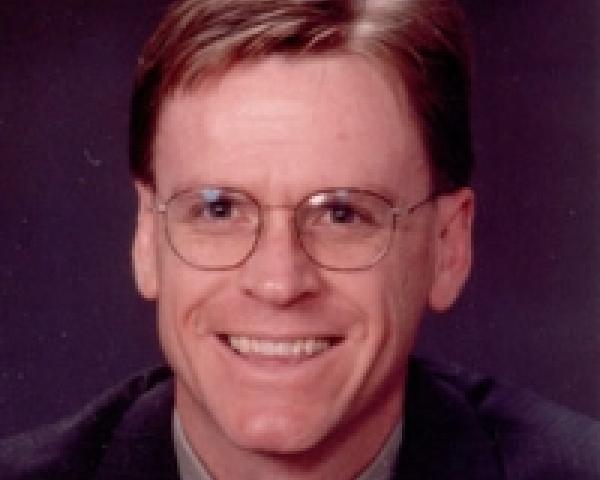Many do not even try to sell this important commercial coverage. This combination of importance and silence equals a wicked E&O exposure.
Why do I say business income is "the dreaded coverage?" Based on my years teaching and decades of E&O audits, business income is the commercial coverage I have most often seen producers shirk. Many do not even try to sell it, or at least they do not try beyond whatever the throw-in coverage is. Yet business income is one of the most important commercial coverages. This combination of importance and silence equals a wicked E&O exposure.
Why do producers dread bringing business income to the attention of clients? In my experience, many producers do not know the coverage adequately. Others know it but dread the worksheet. Others know the coverage but are uncomfortable discussing it because they do not know how to discuss business income with clients. Business income is not an easy coverage.
The fact it is not an easy coverage is not an excuse to not discuss business income, much less should it be an excuse for not emphasizing to clients the need to purchase the coverage and to customize it to fit each client's needs. And just because some companies have "Bopped" it does not mean a producer need not discuss the particulars. Avoiding the particulars is just being lazy or scared.
See also: Digital Solution for Income Protection
One of the main dreadful issues is the worksheet. A key practical reason no one likes dealing with business income is that worksheet. It seems almost everyone thinks the worksheet has to be addressed first. I've been told that many coverage instructors even state that. But focusing on the worksheet first is plainly bassackward. The coverage provisions need to be addressed first because, if a producer does not know an insured’s business income exposures, a producer cannot calculate the required limit.
Knowing the client's exposures first also requires addressing the various time limits. The time limits are essential to addressing business income correctly.
Another factor is the need, availability and possible gaps. For example, if the cause of loss is a flood, the insured still has a business income loss, but if the business did not suffer physical damage from the flood, it may not have any coverage if the producer did not identify this potential and associated gap. Gaps equal E&O exposures. An agent can advise that the gap exists or can find a coverage solution. Many specialty business income gap products exist through specialized providers and almost never on standard forms. I find few producers know these gap products exist, which may be because so few are standard forms and most CE instructors stick to standard forms.
In particular, the civil authority gap is of special importance. The civil authority gap is further divided into specific types of civil authority actions, but a simple example will suffice here. An insured has a business income loss due to mandatory evacuation, but the business suffers no damage from any of the covered perils. From an insured's perspective, they have a loss, and they want it covered.
Another cause of business income dread is not understanding how the limits versus claims settlement is made. Regardless of the worksheet, when a claim is submitted it has to be supported by the insured's documentation. A simple example is the contractor who has a liberal interpretation of the tax code. He pays little in taxes because his deductions are high or because maybe he does not see the need to report all his revenue. Then he files a business income claim for the legitimate amount, but his documentation does not support that amount. The documentation supports a much lower loss. This is indeed a dreadful situation.
See also: The Case for a Hybrid Business Model
The goal or premise of P&C insurance is to return the insured to the same balance sheet financial position the business was in the moment prior to the loss. To meet this promise, agents must improve their knowledge of business income in general and the options available, and their ability to communicate the associated complexities effectively to insureds.
To learn more, visit
www.burandeducation.com/niche-program-business-income.


